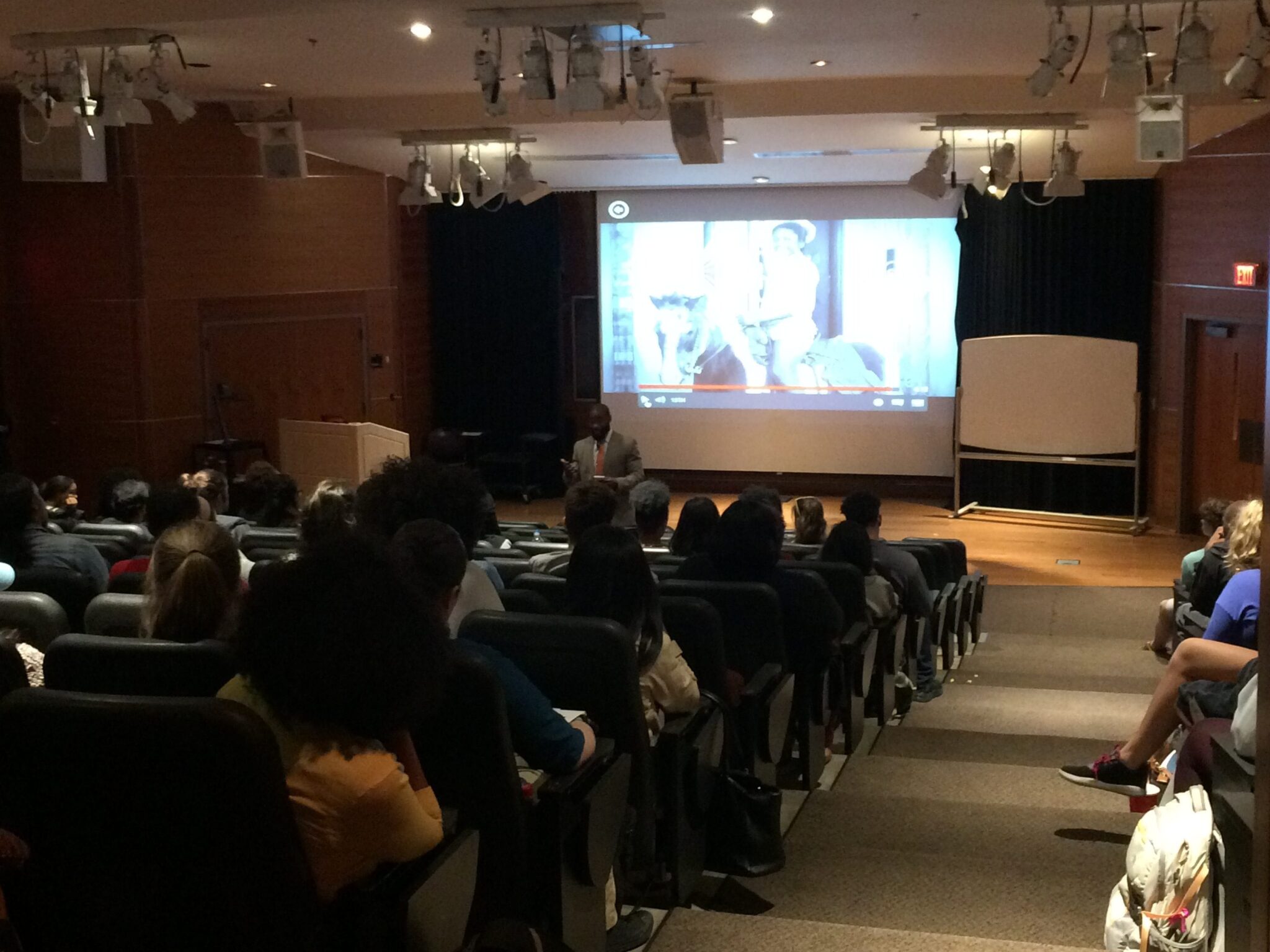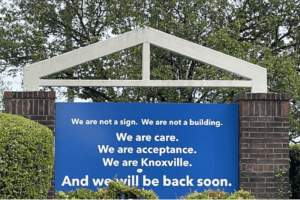’13th:’ Racism never ended, it only evolved
In another celebration of Black History Month, Dr. Williams addressed the intersection of race, justice and mass incarceration for the black community covered in the documentary “13th.”

According to “13th,” a 2016 documentary viewed in Alumni Memorial on Tuesday, Feb. 21, African Americans made the swift transition from slave to criminal with the passage of the 13th Amendment.
The documentary focused on the central idea that racism never left, it only evolved and changed face as time passed. Beginning with slavery, racism evolved into segregation and eventually a disproportionately large incarcerated black population. The disenfranchisement of the entire black population in America began with historic racially discriminatory trends like lynching, Jim Crow and the war on drugs.
While the 13th Amendment did abolish classic slavery, it did not protect anyone convicted of a crime from being treated as a slave. The showing covered everything from the rebuilding of the south, to the current issue of mass incarceration.
According to the documentary, the United States has the largest prison population per capita. One in three African-American males will see jail-time in their lifetime, while only one in 17 white males will ever see any jail-time.
Even as slavery was abolished, the South was able to take advantage of a loophole written in the 13th Amendment. Explicitly, the amendment states that “Neither slavery nor involuntary servitude, except as a punishment for crime whereof the party shall have been duly convicted, shall exist within the United States, or any place subject to their jurisdiction.”
After the war, the South started arresting newly freed slaves on any petty crimes they could think of. They used the new arrested “convicts” as labor to rebuild the South. It was revealed that the South, even though it lost a large part of its economic strength through the loss of slavery, was still able to rebuild on the backs of the African-American population.
The documentary recapped the Civil Rights movement, explaining that the effectiveness of that movement stemmed from the fact that there were more ways to put the treatment of African-Americans in the spotlight, be it through photograph or through video.
At the time, celebrated leaders like Malcom X and Martin Luther King, Jr., were regarded as criminals, and the United States government actively tried to discredit their work and their movement.
The documentary denounced the current justice system, not only bringing to light the police shootings of last year, but also explaining that now, many arrestees are discouraged from going to trial. Instead, they are pressured to take plea deals in order to help justify the way they were treated. Ninety-seven percent of arrestees do not see trial, choosing the easier way out instead.
The documentary also denounced the monetization of the jail system, claiming that an organization called the American Legislative Exchange Council (ALEC), is influencing profit from correctional facilities. The documentary presented facts against ALEC, showing that corporations were funding and influencing politics.
After the documentary, Dr. James Williams, assistant professor at the University of Tennessee, spoke to the audience, explaining that he himself had grown up in the conditions described by the documentary.
“At 12 years old, I was selling crack on the street,” Williams said. “I saw the life. I lived it, and I’m very fortunate to have grown out of it.”
Courtney Shephard, an attendee, said, “The first step in solving a problem is recognizing that there is one. We start here, in the schools, with an open and educated discussion about it.”
Edited by Kaitlin Flippo
Featured Image by Thomas Ferrell



